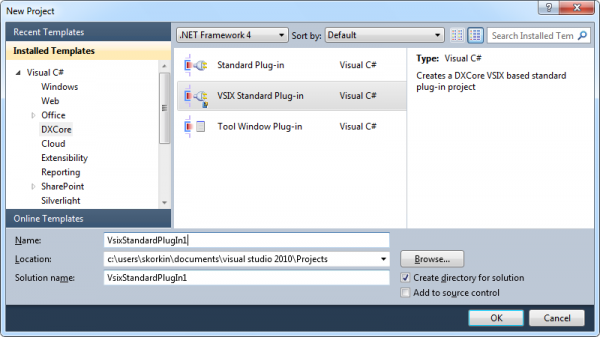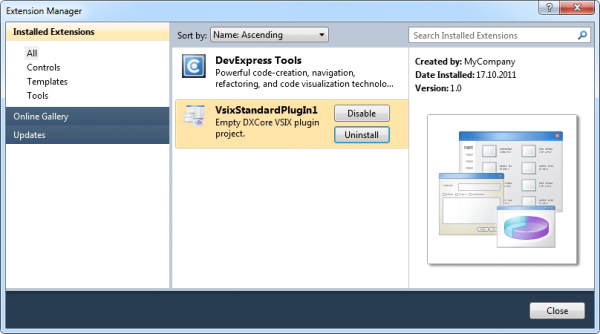Deploying DXCore, CodeRush or community plug-ins using a VSIX extension
Note, this article has been moved to the official DevExpress Support Center site. Please refer to the moved article as it might have further updates or additional comments. Thank you.
A DXCore plug-in is usually represented by a single assembly. It might also include some additional data, for example, language dictionaries for the Spell Checker CodeRush plug-in and, probably, setting files, such as shortcuts. To install the plug-in, simply copy an assembly to the Community Plug-ins folder that looks like this in most cases:
%Documents%\DevExpress\IDE Tools\Community
where %Documents% is your Windows Documents folder.
The community plug-in path is configurable and can be seen on the IDE Tools Settings options page. If a plug-in contains additional files, there should be some instructions on how to install it and where to copy those additional files. Starting with the 11.2 release, IDE Tools include a special VSIX DXCore plug-in project template that allows you to create a usual DXCore plug-in and deploy it through an Extension to the Visual Studio IDE:
Note that it is necessary to install the Visual Studio SDK to be able to create projects of this type.
Here’s a project structure inside the Solution Explorer:
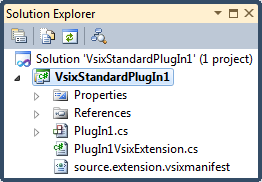
An extension references all assemblies required by DXCore and exports the IVsixPluginExtension implementer (from the DevExpress.CodeRush.Common assembly):
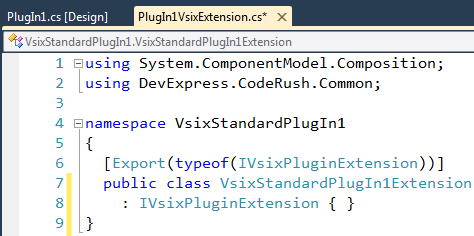
Then, DXCore imports all implementers and uses their assemblies as a location to load additional plug-ins. The VSIX extension may contain multiple plug-in assemblies that will be automatically loaded by DXCore when found.
Once the plug-in is successfully compiled, you will notice a regular VSIX Extension file created inside the output folder of the plug-in solution:
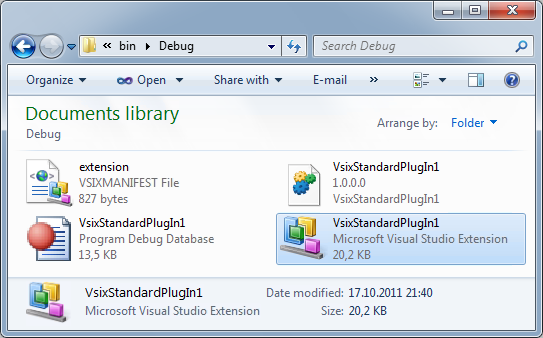
If you execute it, you will see the standard Visual Studio Extension Installer dialog:
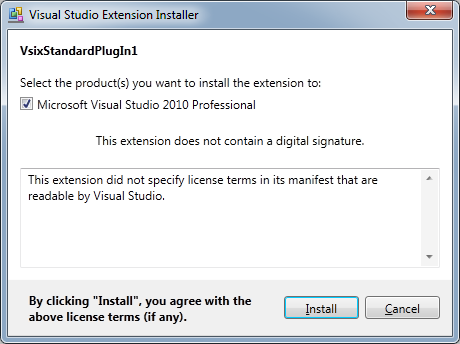
If you click Install, the installer will unpack the content of the plug-in to the following folder:
%AppData%\Microsoft\VisualStudio\10.0\Extensions
and show the result of an installation:
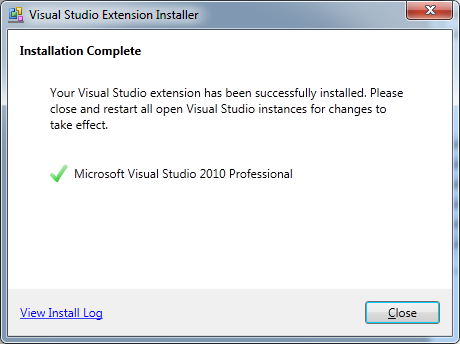
Once the plug-in is installed, you will see it inside the Visual Studio Extension Manager:
You can disable any plug-in extension or completely uninstall it inside the Extension Manager by clicking the corresponding buttons.
—– Products: all Versions: 11.2 and up VS IDEs: any Updated: Oct/31/2012 ID: T052